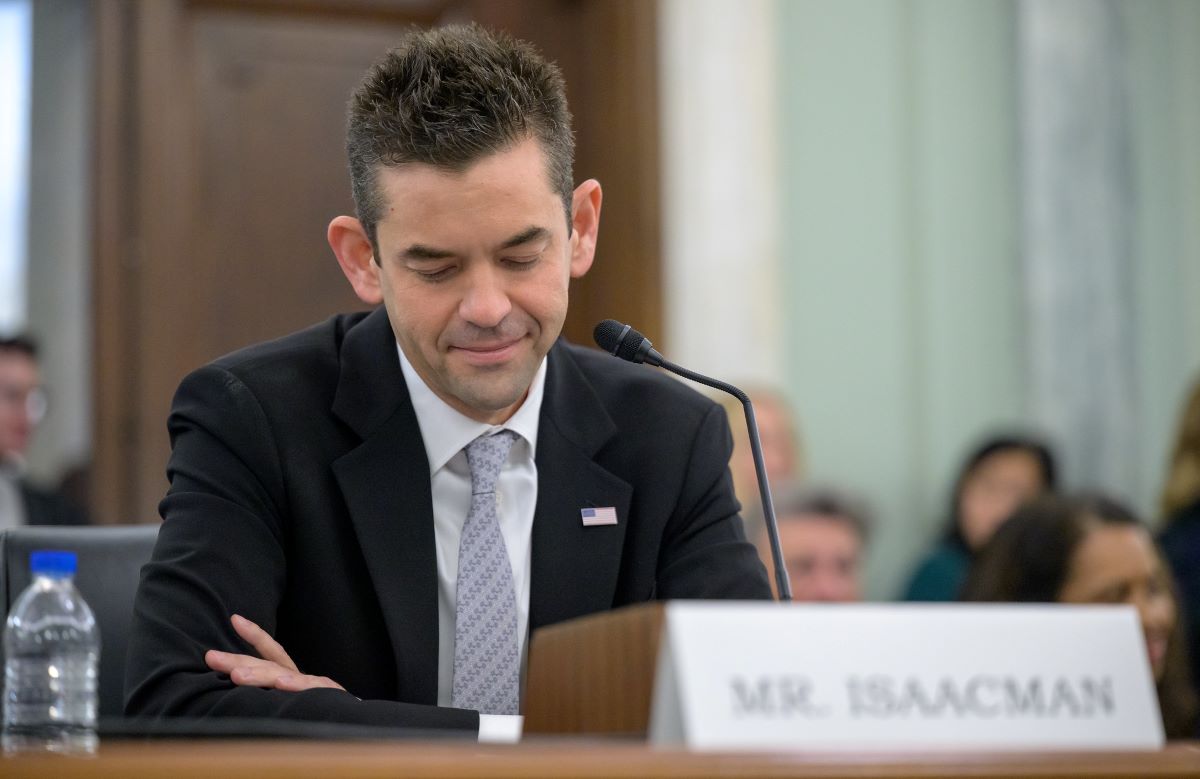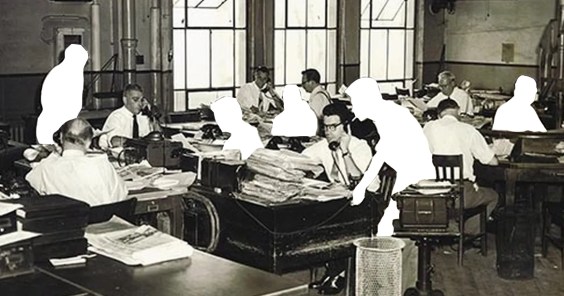Road rage is boiling over. Twelve percent of people surveyed in the Washington, DC, metro area said they often feel “uncontrollable anger toward another driver.” The number of people reporting such feelings has doubled since 2005, according to the Washington Post, which conducted the survey.

Rage can be an impairment like intoxication or distraction, according to Leon James, author of “Road Rage and Aggressive Driving: Steering Clear of Highway Warfare," told the Post.
About 85 percent of the drivers James tests say they see aggressive driving around them, but only 30 percent admit to being aggressive themselves. “The anger triggers are built in and just about the same for everybody,” James said. “So when people say, ‘Who has road rage?’ I say, ‘Everybody.’”
Some people who feel empowered by the gas pedal flash to anger when another driver impinges on that sense of entitlement. Others who are intimidated by driving are upset when misbehavior by other drivers feels threatening. And drivers who aren’t feeling particularly powerful or frightened already are dealing with the stress of interaction at high speed with a group of unpredictable strangers.
Heavy traffic, especially, can make drivers feel powerless to do anything but inch along, late for work. It can be maddening. This study could be pointing to another possible reason why Americans are less jazzed about spending a ton of time behind the wheel these days. It's just not that much fun.
Still, across the DC metro region, 59 percent of people say they drive "nearly all the time" when they need to go somewhere, while just 8 percent say they "hardly ever" drive, and 3 percent "never" do. For DC proper, those numbers are much less lopsided: 23 percent almost always drive, 27 percent hardly ever do, and 10 percent never do. The Maryland and (especially) Virginia suburbs skew the results with much more auto-centric travel habits, not surprisingly. Also unsurprisingly, younger folks, aged 18-39, are somewhat more likely to "hardly ever" or "never" drive (9 and 3 percent) than those 40-64, of whom only 6 percent "hardly ever" drive and 2 percent "never" do.
Across the region, 39 percent of respondents say they spend more than an hour a day driving. And 20 percent report getting stuck in traffic jams every day. You can just feel the temperature rising. Another 26 percent find themselves stuck in traffic several times a week. Fifty-seven percent say they think congestion adds at least 15 minutes to their commute each way.
Riding on these congested streets can be stressful to cyclists, too. Interacting "at high speed with a group of unpredictable strangers" is especially nerve-wracking when you have no metal encasing you, and the unpredictable strangers are darting around in two-ton battering rams. So clearly, something needs to change to get more than 1 percent of the metro population to ride a bike to work.
Luckily, DC and other local governments in the area are making big changes -- and the population seems to be behind them. Sixty-six percent approve of "Washington D.C.'s effort to increase the number of bicycle lanes on major roads." Just 26 percent disapprove. And 28 percent think their local government should be doing more to accommodate bikers. (Ten percent say they're already doing too much.)
More than half of commuters who say they don't take public transportation admit that the option is available; they just don't take it. Maybe the transit near them isn't frequent or direct enough. And maybe that's why they support government efforts to reduce traffic congestion by providing more public transportation options nearly two to one over expanding and building roads. Sixty-two percent support variable congestion pricing on the beltway.





